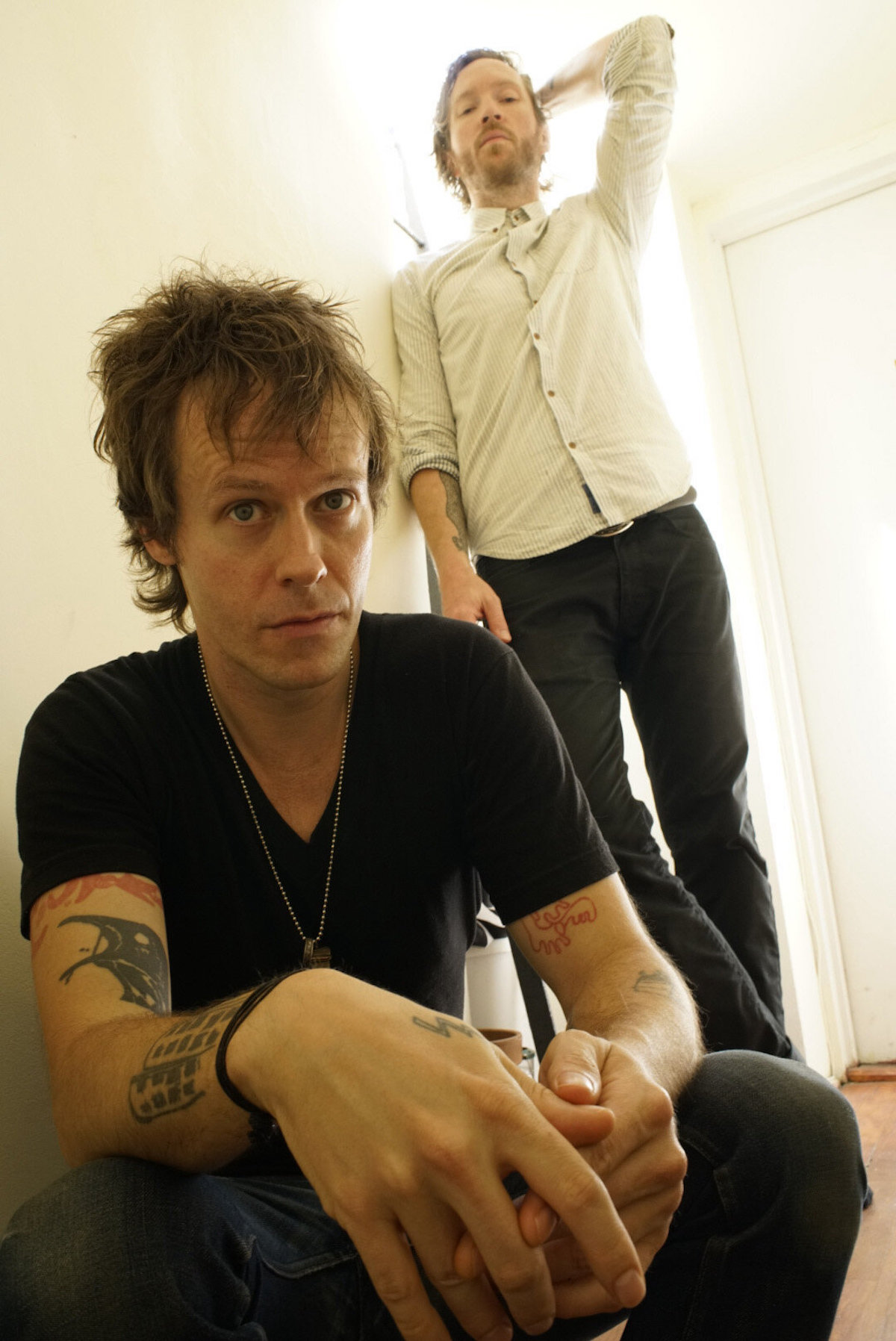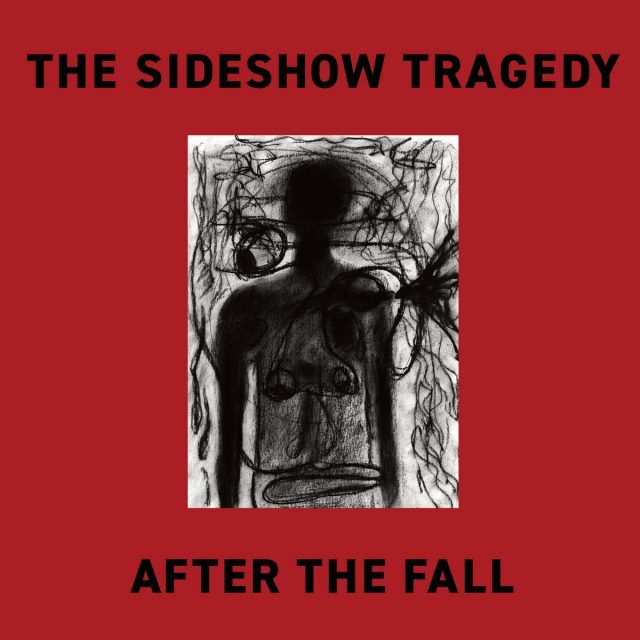THE EDITED PRESS RELEASE: “In the summer of 2018, for the third time in five years, The Sideshow Tragedy’s Nathan Singleton and Jeremy Harrell drove the 1,820 mile sojourn to Kenny Siegal’s Old Soul Studios in Catskill, N.Y., their truck crammed with the tools of their trade: Vintage resonator guitars, pedals and effects boxes, back-bone drum and percussion kits, for starters. With those first two trips, they were also packing nine original songs primed for tracking and production. But this time around, the duo arrived with just a handful of songs, all in various stages of completion.
Frontman Nathan Singleton said scheduling those sessions was a “deliberate attempt to keep our hand in.” The Sideshow Tragedy’s live show, described as “a serious jolt of adrenaline,” was starting to tap their own adrenaline dry. They arrived at Old Soul two exhausted souls, only a few weeks off a European tour. Nathan’s psyche was frayed and his personal life in tatters. “I was seriously considering quitting,” Nathan says, “but I just called Kenny and told him we had some ideas we wanted to get down and we’ll see where it goes.” Award-winning producer Siegal (Chris Whitley and Langhorne Slim, among others) was game as The Sideshow Tragedy’s sound and sensibility were always dead center in his wheelhouse.
Their new record After the Fall follows the internationally acclaimed The View From Nowhere (2018), described as “a gritty, unhinged jolt of blues-rock emerging from the searing wreckage of an apocalyptic frenzy,” and Capital (2015) proclaimed “a strong display of thinkers’ rock and roll.” Feral ferocity intact, along with some new colors in a funky/pop/rock groove palette that reflects a new mood rising, Singleton says: “This record was born of an emotional hellscape/rollercoaster and my memory of it is foggy in places. We recorded it on and off for a year and a half. During this time, my marriage of 16 years fell apart, ending up in divorce. I lost my mooring; it was an extremely heavy time.”

No question, After the Fall takes a deep dive into a hazy-hellscape-derangement zone. The songs rumble out reeking of swagger, sarcasm, delusions of grandeur and gallows humor, but there’s often somber anguish lurking beneath, as we hear in Singleton’s lyric in the title track: “I wore the mask so long it became my face / I ran in circles for years just to get to this place / I wore my best suit, I even combed my hair / And shaved…. / I’m walking with a limp these days / I got chemicals to take as needed for pain / To silence the words that just won’t go away / I can’t go away.”
Sideshow’s affinity for pop-rock popped up much more to the surface on this record than any other. On Same Thing, the over-the-top party-time saxophone solo flies high with the wah-wahs, culminating in a tune that’s simultaneously humorous and reflexive about loss, finding gold in the juxtaposition of dark lyrics with dancey-pop bubbles in the brew. The masterful Marc Ribot got the spirit, cutting loose on lead guitar on Hold On It, while Ben Senerfit’s bari sax bucks up the bass, even as Singleton sneers: “How long can I keep it up?” An exquisite Brian Wilsonesque choir rides an epic crescendo on Easy Action and lays down sunny classic harmonies on The Lonely One, tethered to a grim portrait of a hellish eternity: “My teeth are loose in my head / My gums are bleeding and my breath smells like death / Won’t take no medicine no doctor prescribes / But that’s ok cuz you know I ain’t ever gonna die.”
In the end, The Sideshow Tragedy’s core sound is always the emotional anchor, the lighthouse and the cure. Singleton and Harrell are the resonator and the beat keeper, breaking through any kind of past or present turmoil or fog.”








































